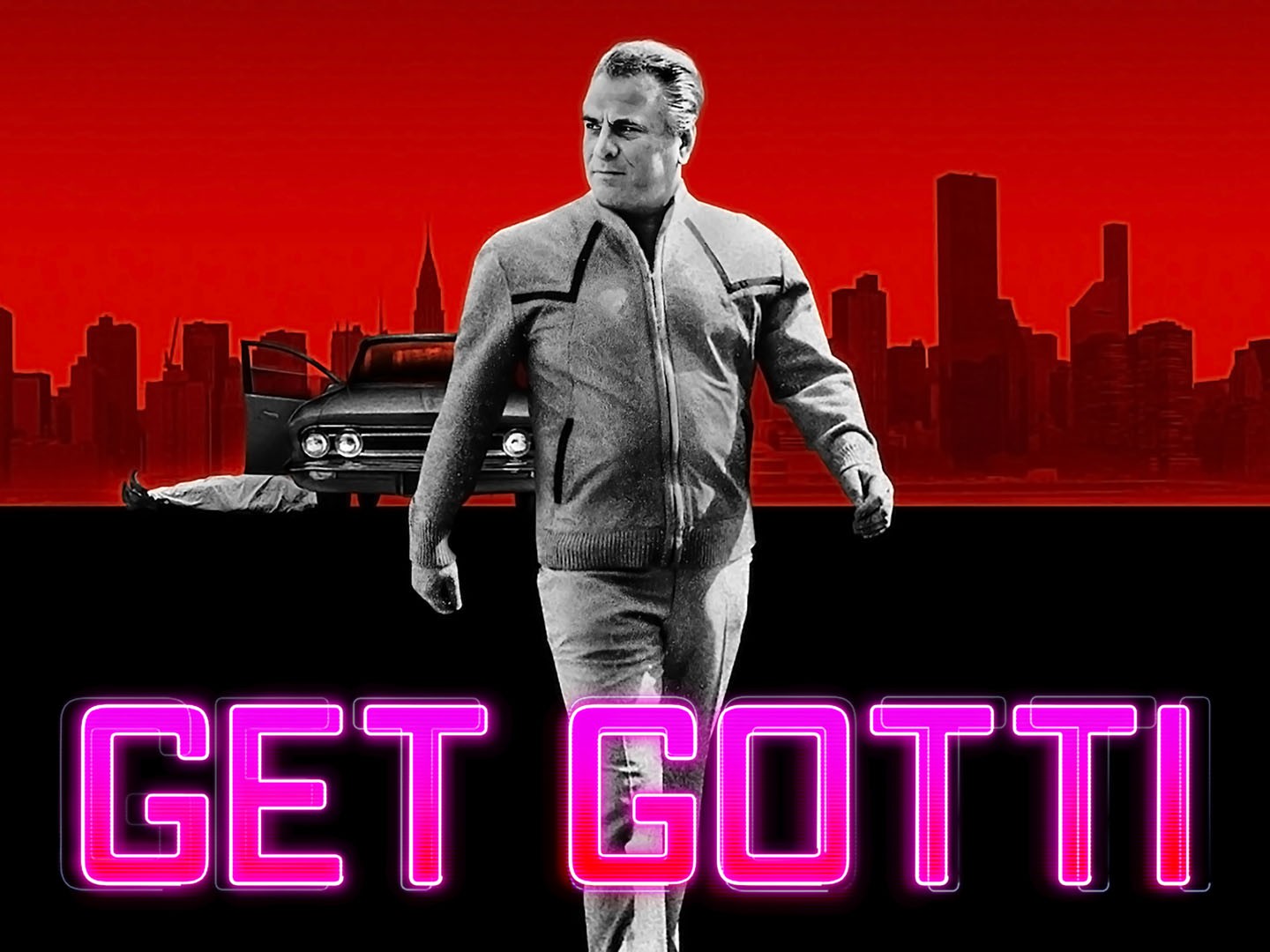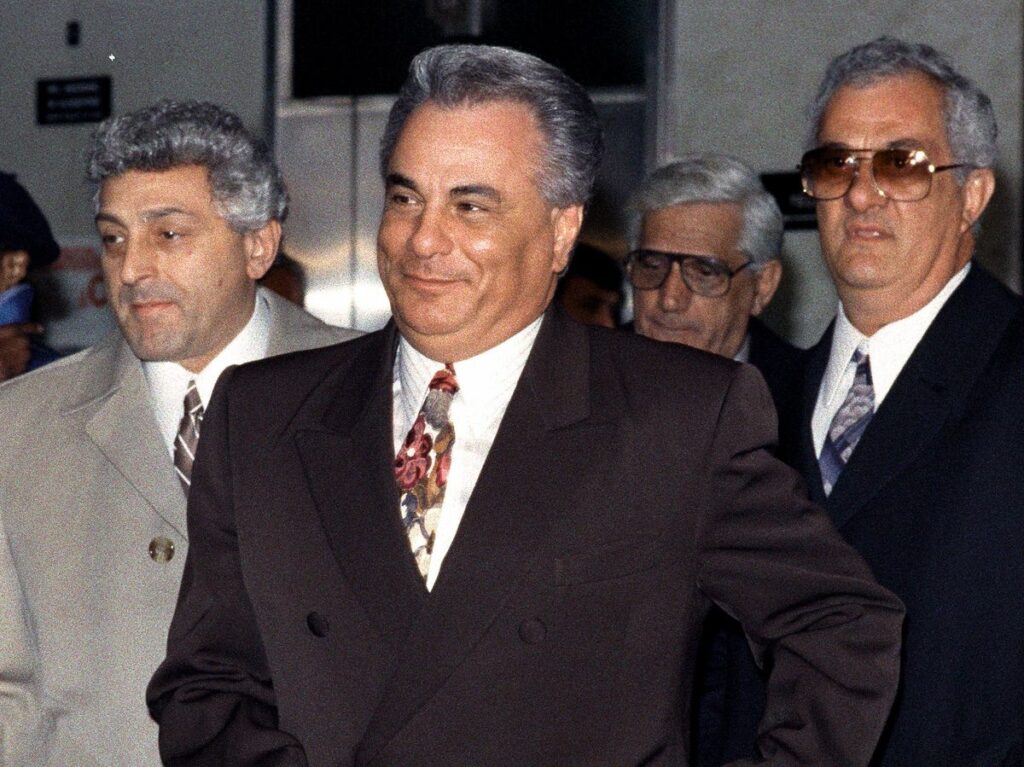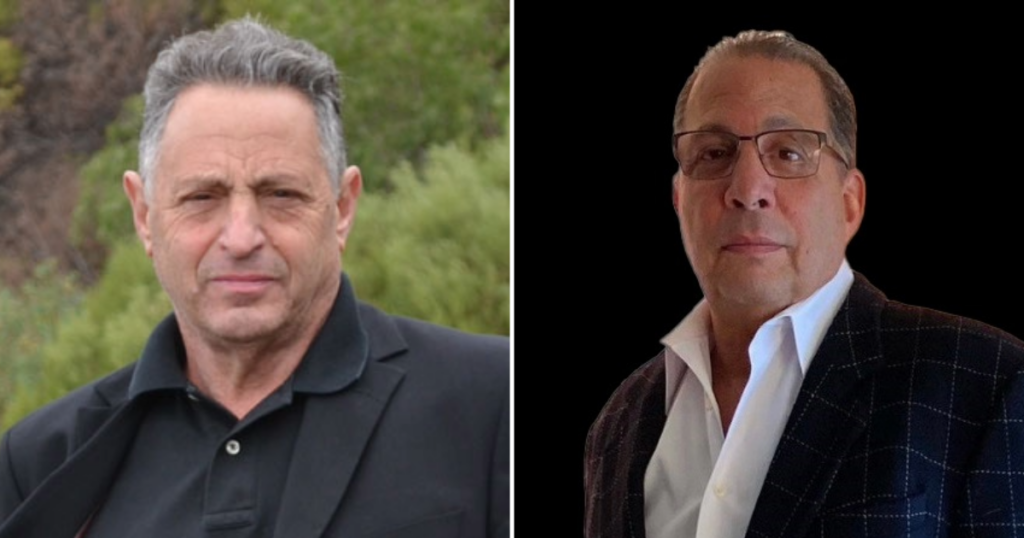
John Gotti’s takedown detailed in new Netflix series
'Get Gotti' explains how feds finally put flamboyant Gambino boss behind bars

A three-part docuseries now available on Netflix examines the dramatic rise and fall of Gambino crime family boss John Gotti in New York City.
Titled Get Gotti, it explains how authorities finally brought Gotti to justice, despite a lack of cooperation among the law enforcement agencies tasked with ending his reign. The show also focuses on Gotti’s high-profile status as a New York media sensation.
The Get Gotti series was produced by the makers of Fear City: New York vs. the Mafia, the 2020 Netflix series that documents the investigation that culminated in the Mafia Commission trial.
Gotti rose to power by orchestrating the shooting death of then-Gambino boss Paul Castellano in December 1985. With Gotti and Salvatore “Sammy the Bull” Gravano in a car nearby, gunmen ambushed Castellano and his driver, Thomas Bilotti, outside Sparks Steak House on East 46th Street in Manhattan.

Soon after, Gotti took over the Gambino family, with mobsters pouring into the Ravenite social club at 247 Mulberry Street in Little Italy to greet the new boss. These days, a clothing store called Descendant of Thieves occupies that space.
‘True gangster’
During the 1980s, Gotti was acquitted in three criminal trials. Because the charges didn’t stick, New York tabloids labeled him the Teflon Don.
During those years, Gotti was a celebrity crime boss who, in 1986, even appeared on the cover of Time magazine, with his likeness illustrated by famed artist Andy Warhol.
Gotti’s flamboyant personality was not typical of most previous Mob leaders, who preferred operating in the shadows. He was front-page news in the nation’s media capital, a visible Mafia figure whose flashy lifestyle partially defined the era.
Andrea Giovino, featured in the docuseries as a Gotti associate, told The Mob Museum the docuseries does a good job of getting at what New York City was like in the 1980s. Giovino is the author of Divorced from the Mob: My Journey from Organized Crime to Independent Woman. She plans to launch a podcast soon.

During those years, the Gambino crime family was involved in many money-making schemes, including in construction, public sanitation and the garment industry, Giovino said. The Gambino crew under Gotti also was skilled at bribing jurors and killing rivals, as the docuseries makes clear.
“The Gambino crime family ran New York,” Giovino said in a telephone interview. “You’d have to go through them to get something.”
Giovino benefited from this. She said one of the Gambino mobsters gave her a mink coat that had been “hijacked.” Giovino still has the coat, which, 35 years ago, was valued at $20,000.
She also recalled a lesson she learned from Gotti about how to handle someone who presents a problem. Once at New York City’s Club A, Giovino, a self-described “hotheaded” person during those days, got into a dispute with another woman. As tensions spiked, Giovino told the woman she was going to hit her. Then Giovino did as promised — she hit her.
According to Gotti, though, that wasn’t the way Giovino should have handled the situation. Gotti said she shouldn’t have let the woman know what was coming. That advance knowledge gives the target an edge.
“You take action and do it,” she recalled Gotti telling her. “You don’t let the other person know what you’re thinking.”
Giovino, now living in Pennsylvania, later schooled her sons on that life lesson from Gotti. “He was your true gangster,” Giovino said.
Arrest and conviction
After the 1985 coup, Gotti’s “true gangster” persona opened doors for him across the city. He also attracted favorable attention from Hollywood celebrities such as Mickey Rourke, Anthony Quinn and John Amos, who, in the case of those three, were seen at the courthouse when Gotti was on trial.
There were others who wanted to be near him, too. Once at Club A, Brooke Shields, who’d starred in movies such as The Blue Lagoon, slipped her phone number into Gotti’s pocket, according to former mobster Anthony Ruggiano Jr. in the Netflix docuseries. Gotti tore up the number, noting that Shields was his daughter’s age, Ruggiano said.

By the late 1980s, Gotti’s high-flying lifestyle would catch up to him. Authorities attempting to bring him down intensified their efforts.
In one key development, federal agents planted an eavesdropping device in an apartment above the Ravenite where Gotti met with top advisers. That second-floor unit, Apartment 10, had one resident, Nettie Cirelli, 74, the widow of Gambino soldier Mike Cirelli. When she was gone for one reason or another, it was a secluded place for Gotti and his lieutenants to meet in private. One Thanksgiving, when Cirelli apparently was visiting a son in California, authorities picked the lock and went inside, planting the bug.
For months, the device recorded incriminating conversations, including discussions about the Castellano shooting and Gotti’s take on the killing of Mob porn king Robert “DiB” DiBernardo.
With these tapes in their possession, federal officials raided the Ravenite in December 1990, arresting Gotti, Gravano and another ranking member, Frank Locascio.
The tapes were not the only bombshell that doomed Gotti. In a surprise development, Gravano cooperated with the government after hearing Gotti on tape bad-mouthing him. Gravano, who confessed to 19 killings, thought the boss was going to come after him.
According to federal prosecutor John Gleeson during a recent presentation at The Mob Museum, Gravano told authorities, “I want to go from my government to your government.”
Presented with the tapes and Gravano’s testimony, the jury in a federal racketeering case convicted Gotti on April 2, 1992. He was sentenced to life in prison for murder and other crimes. Battling cancer, Gotti died on June 10, 2002, at the federal prison hospital in Springfield, Missouri. He was 61.
Locascio also died in prison. Gravano served a shorter term after cooperating, but he later went back to prison on a separate drug-related conviction. Gravano now is out and hosts a podcast, Our Thing, available on his website, which also has T-shirts and other items for sale.
Larry Henry is a veteran print and broadcast journalist. He served as press secretary for Nevada Governor Bob Miller, and was political editor at the Las Vegas Sun and managing editor at KFSM-TV, the CBS affiliate in Northwest Arkansas. Today, he is a senior reporter for Gambling.com.
Feedback or questions? Email blog@themobmuseum.org





